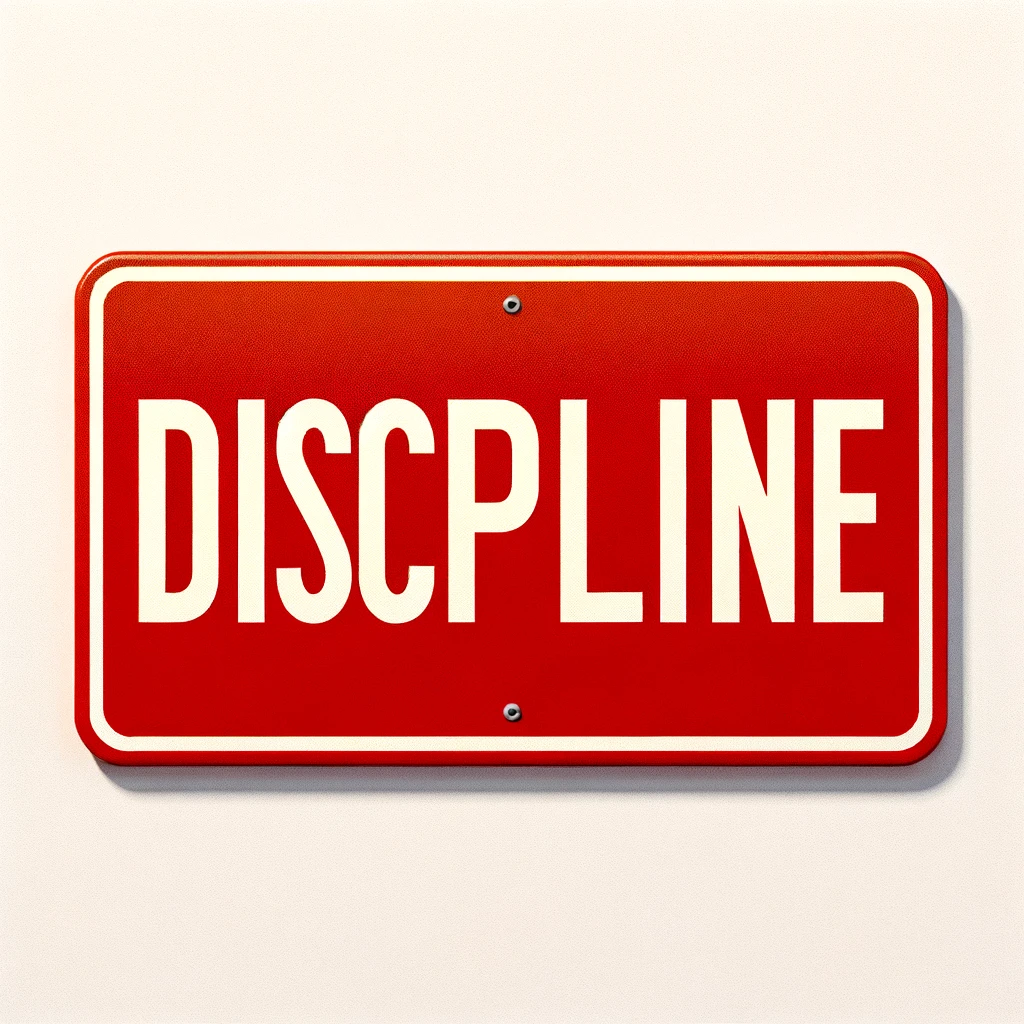Disciplining an autistic child can be one of the most difficult factors about parenthood.
Below I document how we (my husband and I) discipline our autistic child in the hope it may help some of you in this tricky space.
I want to share my journey in the hopes of offering support and guidance to other parents facing similar challenges.
Disciplining a child with autism
First and foremost, I learned that understanding my child’s world is crucial to effective discipline.
Autism affects how my child perceives and interacts with the world, making traditional disciplinary methods less effective and sometimes even counterproductive.
Instead of expecting them to adapt to my rules unconditionally, I’ve had to adapt my approach to fit their understanding.
Set clear expectations
One of the most effective strategies I’ve employed is setting clear and consistent expectations.
Children with autism often thrive on routine and predictability.
By establishing a clear set of rules and consequences that don’t change, I provide a stable structure that helps my child understand what is expected of them.
This doesn’t mean being rigid; rather, it’s about creating a reliable framework within which they can operate.
Positive praise
Positive reinforcement has been a game-changer for us.
Recognising and rewarding positive behaviour goes a long way in encouraging more of that behaviour.
It’s not just about material rewards but also verbal praise and physical affection.
For my child, a simple acknowledgment of their effort often motivates them to keep trying and adhering to the rules.
Tactics like smiley face stickers can sound small but they help reinforce the difference between good and bad behaviour.
Visuals
On the subject of getting messages across visually, we have sought different ways to involve visual supports.
Many autistic children, including mine, are visual learners.
We’ve found visual supports like picture schedules, visual rules, and reward charts incredibly helpful.
These tools not only help in setting expectations but also in providing a visual reminder of the consequences of certain behaviours.
They serve as a constant, non-verbal cue that my child can refer to, which reduces anxiety and confusion.
The key is to ensure that your child knows the connection between the negative behaviour and the discipline.
Now if they have good levels of understanding that is obviously easier than if they don’t. But the key is to find a way to get the message through to your child.
Emotion cards can help if they are visual learners. We use them all the time and show an angry face card to demonstrate when they have done something we are unhappy about.
From there we give a suitable punishment ensuring to link the punishment to the negative behaviour.
Something else practical which may help here is an egg timer for a ‘time out’ period. Now this could be a time out from an electronic device or even just being told to sit on a step to calm down.
My child knowing that a punishment has an end has been very effective for us.
Processing time
Patience is paramount. I’ve learned to give my child time to process instructions and consequences.
Immediate compliance is not always possible, not because of defiance but due to the need for more time to understand and react.
Providing a calm reminder or visual cue helps in reinforcing the message without overwhelming them.

Picking battles
Not every hill is worth dying on, and this is especially true in parenting an autistic child.
I’ve learned to distinguish between behaviours that need correction and those that are expressions of their uniqueness or ways of coping with the world.
Sometimes, what might seem like misbehaviour is actually a sensory response or a method of communication.
Support
Finally, seeking support has been invaluable, both for my child and for me.
Connecting with other parents of autistic children, therapists, and teachers particularly has provided me with strategies, understanding, and the reassurance that I’m not alone in this journey.
It’s also taught me the importance of understanding and compassion over discipline, reminding me that the goal is to guide my child through the world in a way that respects their individuality while teaching them how to navigate societal expectations.
Summary – How we discipline our autistic child
We have to remind ourselves that that discipline is not about control but about teaching and guiding.
Every child on the autism spectrum is unique, and what works for one may not work for another.
It’s about finding that delicate balance that respects their needs while encouraging growth and learning.
Through patience, understanding, and love, we have found our way of giving discipline.
The trick we believe is to firstly make your child understand the link between punishment and behaviour. From there have consistent disciplinary actions for consistent periods of time.
Good luck everyone.
Any tips or ideas?
We would love to hear from you if you have got any techniques or ideas for our readers to try.
Be sure to leave a comment if any of the above has helped or if you have any ideas we can add to this article.
Also be sure to search for any other articles you might find helpful.
Try for example searching below for topics like ‘meltdown’ or ‘communication’.

